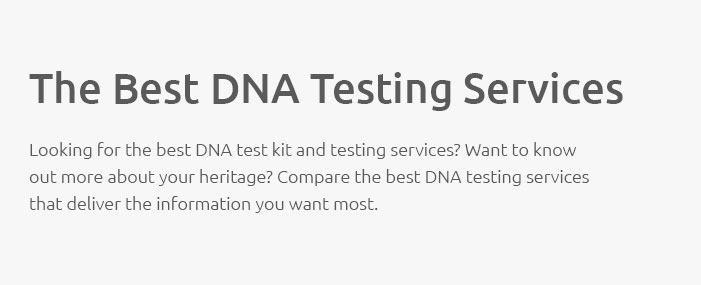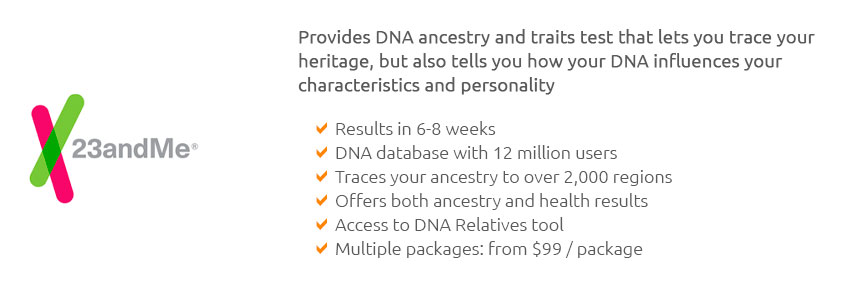 |
 |
 |
|---|
 |
 |
|---|
 |
|
|---|---|
 |
 |
 |
 |
 |
 |
 |
 |
 |
 |
 |
 |
 |
 |
 |
 |
|---|
Ancestry DNA Kit: How Long Does It Really Take?In recent years, the popularity of ancestry DNA kits has surged, becoming a fascinating tool for those eager to uncover the tapestry of their genetic heritage. With such kits promising insights into one's ancestral origins, ethnicities, and even potential familial connections, the question on many people's minds is: how long does it actually take to get the results? The process, though relatively straightforward, involves several steps that can contribute to the overall timeline. Once you have decided to embark on this genealogical journey, the first step is to order the kit, which typically arrives at your doorstep within a week. This initial phase is relatively quick, but it sets the stage for the more intricate part of the process: the analysis. Upon receiving your kit, you will need to provide a saliva sample. This step is simple but crucial, as the quality of your sample can directly affect the accuracy and timing of your results. After you have sealed your sample, it is sent back to the company, often using pre-paid packaging. The actual shipping time can vary depending on your location, but it generally takes about 3 to 5 business days. Once your sample reaches the laboratory, the real work begins. This is where the bulk of the waiting time occurs. Most companies estimate that the analysis takes 6 to 8 weeks, though some users report receiving results in as little as 4 weeks, while others might wait up to 10 weeks, depending on the time of year and the specific company. This stage involves extracting DNA from the sample, amplifying it, and then analyzing it against a vast database to find matches and determine ethnic origins. It's a meticulous process that demands precision, hence the lengthy timeline.
Once the analysis is complete, you will receive a notification, usually via email, directing you to view your results online. This moment is often filled with anticipation and excitement, as the findings can lead to profound discoveries about one's heritage and familial connections. In conclusion, while the wait for ancestry DNA results might test your patience, the insights gained often prove to be invaluable. It's a journey that blends science with personal history, offering a deeper understanding of who you are and where you come from. Despite the occasional delay, the process is generally efficient, and the companies involved strive to provide as timely a service as possible. So, if you're considering diving into your genetic past, rest assured that the wait, while it may seem lengthy, is usually worth the invaluable insights it yields. https://www.familytreedna.com/?srsltid=AfmBOorRNiHhu6VrfPGAqMA3igaipp74UglEhrxkH1MHhcAmT6a1VwdX
Founded in 2000, FamilyTreeDNA pioneered the field of genetic genealogythe use of DNA testing to establish relationships between individuals and determine ... https://lianejensenresearch.com/2017/05/24/why-does-it-take-so-long-for-ancestry-to-receive-my-dna-sample/
The Ancestry website says to allow for 20 days from when you mail the kit until you receive that email that the kit was received. https://www.amazon.com/Know-Your-Pet-Ancestry-Identification/dp/B0CD94VY25
Enjoy your results within 2-6 weeks of us receiving your sample. Discover Your Dog's Unique Breed Mix: Our comprehensive canine DNA test kit reveals your pup's ...
|
|---|